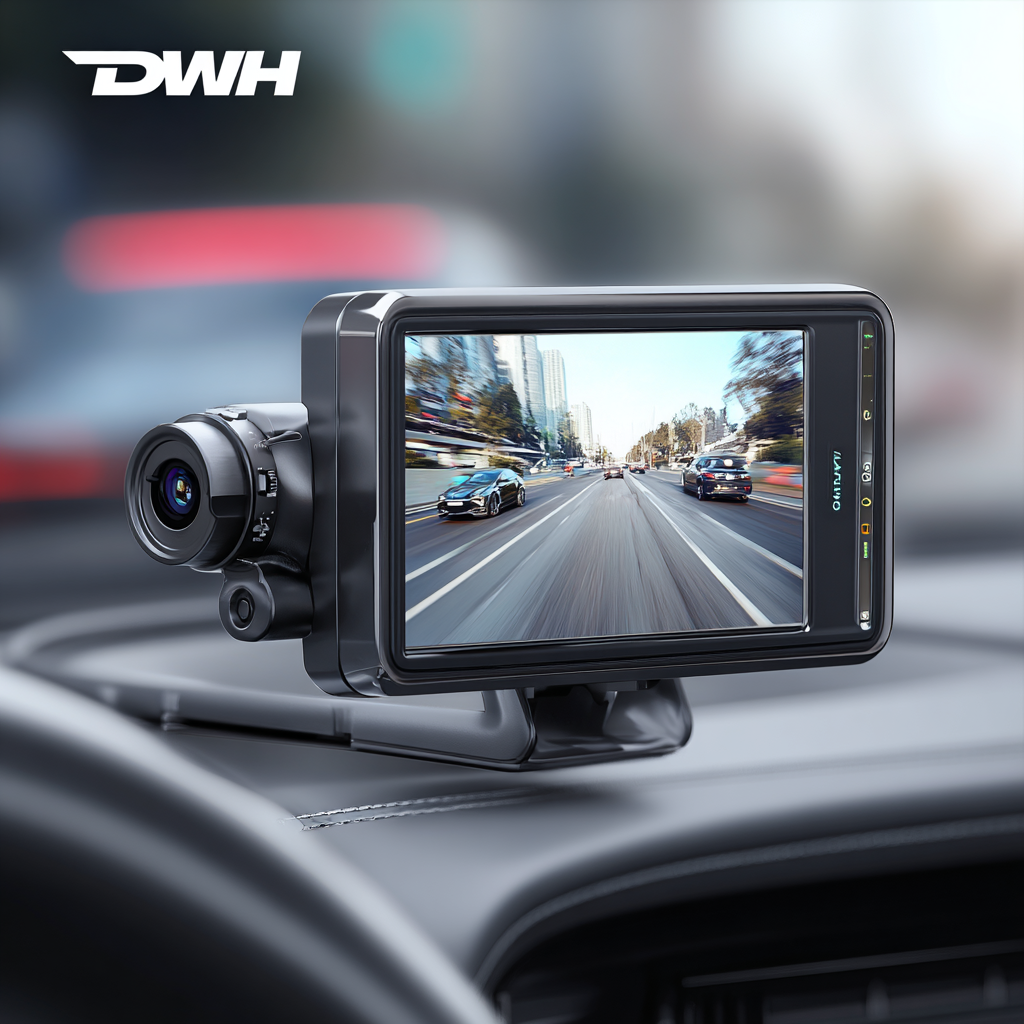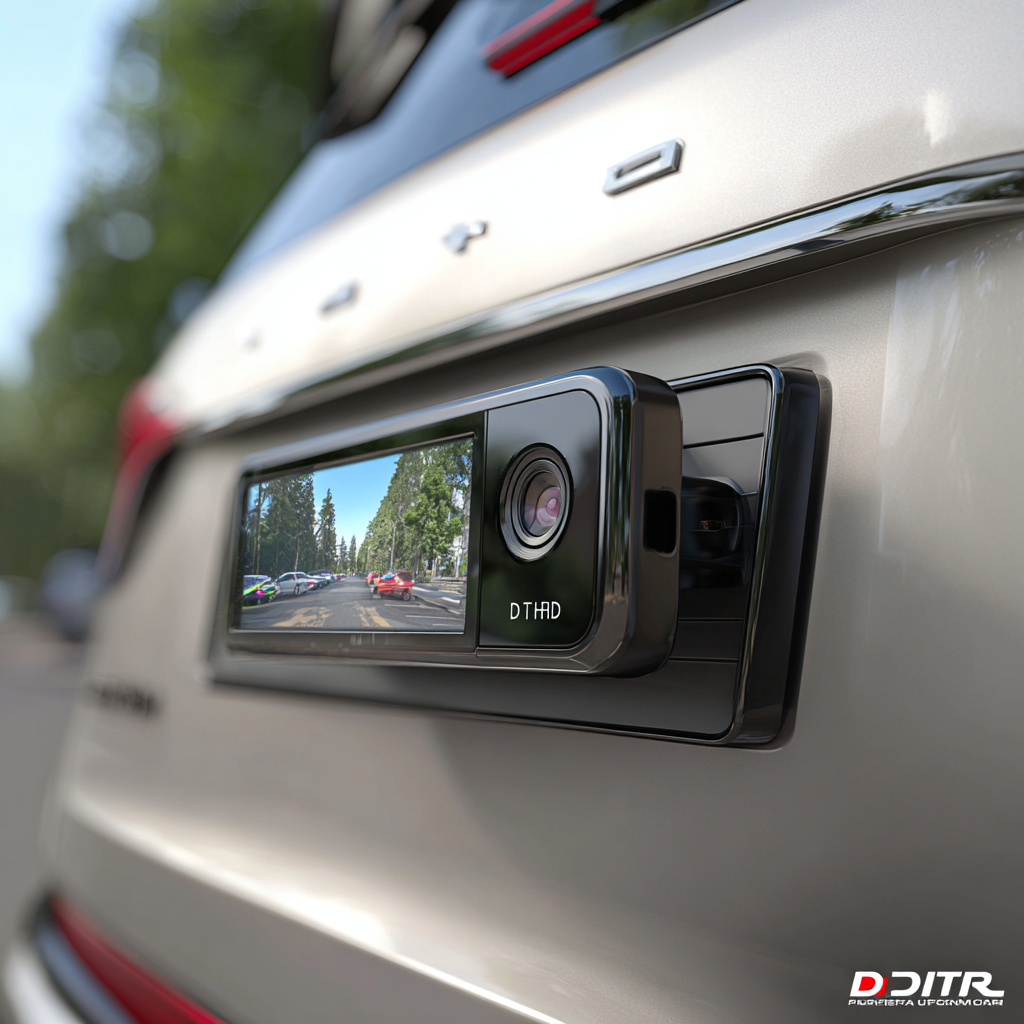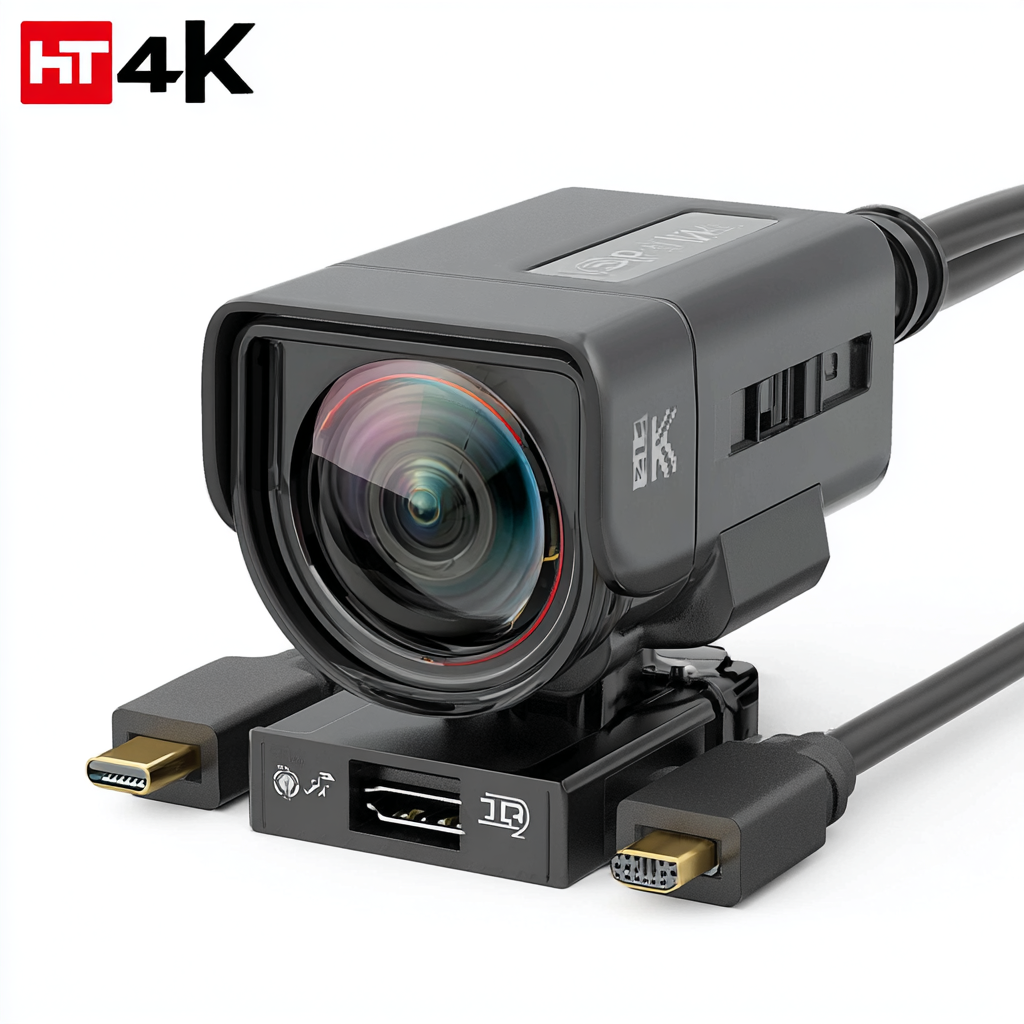In recent years, the automotive industry has witnessed significant advancements in vehicle safety technologies, particularly with the rise of digital rear view cameras. According to a 2023 study by the National Highway Traffic Safety Administration, rear-view camera systems can reduce backup accidents by up to 40%, highlighting their importance in enhancing vehicle safety. As we move into 2025, the demand for Digital Rear View Cameras is expected to surge, driven by increasing consumer awareness and regulatory requirements that promote safer driving experiences. In this ultimate guide, we will delve into the key features, benefits, and emerging trends of digital rear-view camera systems, equipping you with the knowledge needed to make an informed decision for your vehicle. Whether you're a tech enthusiast or a safety-conscious driver, understanding these cutting-edge solutions is essential for navigating the evolving landscape of automotive technology.

When choosing the best digital rear view camera for your vehicle, it's essential to understand the various types and features available. Digital rear view cameras generally fall into two categories: standalone units and systems integrated into your vehicle’s existing infotainment display. Standalone cameras can be mounted easily and often come with their own display, while integrated systems provide a more seamless and polished user experience. Consider your vehicle’s structure and how the camera will be mounted, as well as the display options that will work best for you.
Tips for selecting the right camera include looking for features such as wide-angle lenses for enhanced visibility, night vision capabilities for low-light conditions, and high-definition imaging for clearer images. Additionally, consider the camera's durability and weather resistance to ensure it will withstand the elements. Having adjustable viewing angles and parking guidelines can also enhance your driving experience, providing added confidence when reversing.
Finally, be sure to check for compatibility with your vehicle. Some cameras require specific wiring or additional components to function correctly. Reading reviews and seeking recommendations can also guide you in finding a model that offers reliability and performance suited to your driving needs.
Digital rear view cameras are becoming an essential feature in modern vehicles, offering numerous advantages that enhance safety and convenience on the road. According to a report by the Insurance Institute for Highway Safety (IIHS), backup cameras can reduce the risk of accidents by over 30%, particularly in incidents involving pedestrians and small children. This statistic underlines the importance of digital rear view cameras in preventing collisions when reversing.
With such high efficacy, the adoption rate of these cameras is projected to continue rising, as more drivers recognize their value.
Moreover, digital rear view cameras provide a much wider field of view compared to traditional mirrors, which can significantly minimize blind spots. A study published by the National Highway Traffic Safety Administration (NHTSA) highlighted that vehicles equipped with these cameras have a
15% lower likelihood of being involved in reverse-related accidents. This expanded visibility not only enhances safety but also fosters a sense of confidence among drivers, especially in tight parking situations. As technology advances, features like night vision and obstacle detection are making digital rear view cameras an even more indispensable asset in vehicle safety systems.
When selecting the best digital rear view camera for your vehicle, several crucial factors should be taken into account. First and foremost is the image quality, often measured in pixels. According to a recent report by TechNavio, high-resolution cameras with at least 1080p capabilities are preferred, as they provide clearer images, making it easier to spot obstacles and pedestrians. Additionally, night vision features are essential for low-light conditions, with studies showing that cameras equipped with infrared LEDs enhance visibility significantly, reducing the risks associated with nighttime driving.

Another important consideration is the camera's field of view (FOV). A minimum FOV of 120 degrees is recommended for optimal coverage, as reported by the Consumer Electronics Association. This ensures that blind spots are minimized, enhancing safety while reversing. Finally, the ease of installation and compatibility with existing vehicle systems cannot be overlooked. A seamless integration, often highlighted in user reviews, justifies the investment and enhances the overall driving experience. By assessing these factors, drivers can make informed choices that enhance their vehicle's safety and functionality.
When it comes to enhancing vehicle safety and improving rear visibility, choosing between wired and wireless digital rear view cameras is crucial. Wired cameras are known for their reliability, providing a stable connection that minimizes latency and interference. They often offer better video quality, as the direct connection reduces potential signal degradation. Additionally, wired systems are less prone to disruption from environmental factors, making them a preferred choice for serious driving enthusiasts or for those regularly traveling in adverse conditions.
On the other hand, wireless digital rear view cameras present a level of convenience that wired ones cannot match. Installation is often simpler, eliminating the need to run wires through the vehicle, which can be a time-consuming process. This makes wireless options more appealing for DIY enthusiasts or those looking for quick installations. However, it's essential to consider that wireless systems may be subject to interference from other electronic devices, which can occasionally impact performance. Hence, potential buyers must weigh the benefits of ease of installation against the reliability of a wired system to determine which camera best suits their driving needs.
| Feature | Wired Cameras | Wireless Cameras |
|---|---|---|
| Installation Complexity | Moderate - Requires running wires | Easy - No wiring required |
| Image Quality | Generally better with less interference | Can experience signal loss or interference |
| Price Range | $100 - $300 | $80 - $250 |
| Durability | Highly durable with weatherproof options | Variable - check for waterproof features |
| Power Source | Wired connection to vehicle | Battery powered or wired with receiver |
| Maintenance | Low - minimal issues | Moderate - battery replacement required |
When it comes to the installation of digital rear view cameras, ensuring optimal performance is crucial. According to a recent study by the Automotive Electronics Association, approximately 25% of vehicle accidents occur due to limited visibility while reversing. Thus, properly installed rear view cameras can significantly enhance safety. It’s essential to mount the camera at the correct height and angle to provide maximum coverage of the blind spot behind your vehicle. Most experts recommend testing the camera’s field of view after installation to ensure it effectively eliminates blind spots and offers a clear image.

Maintenance is equally important to keep your digital rear view camera functional over time. The National Highway Traffic Safety Administration advises regular cleaning of the camera lens, as dirt and debris can severely affect image clarity. Additionally, inspecting the wiring for wear and tear can prevent malfunction and ensure a steady power supply. According to a report by the Consumer Electronics Association, an estimated 40% of vehicle camera systems experience performance issues within the first two years due to improper maintenance. Incorporating routine checks and cleaning into your vehicle maintenance schedule can help maximize your camera's lifespan and reliability, ultimately enhancing driving safety.
